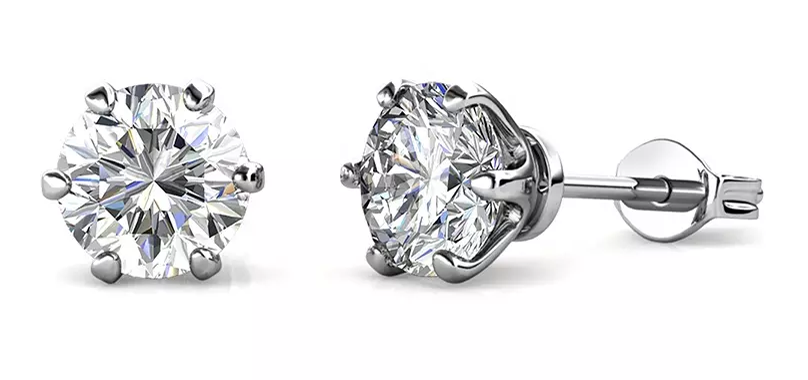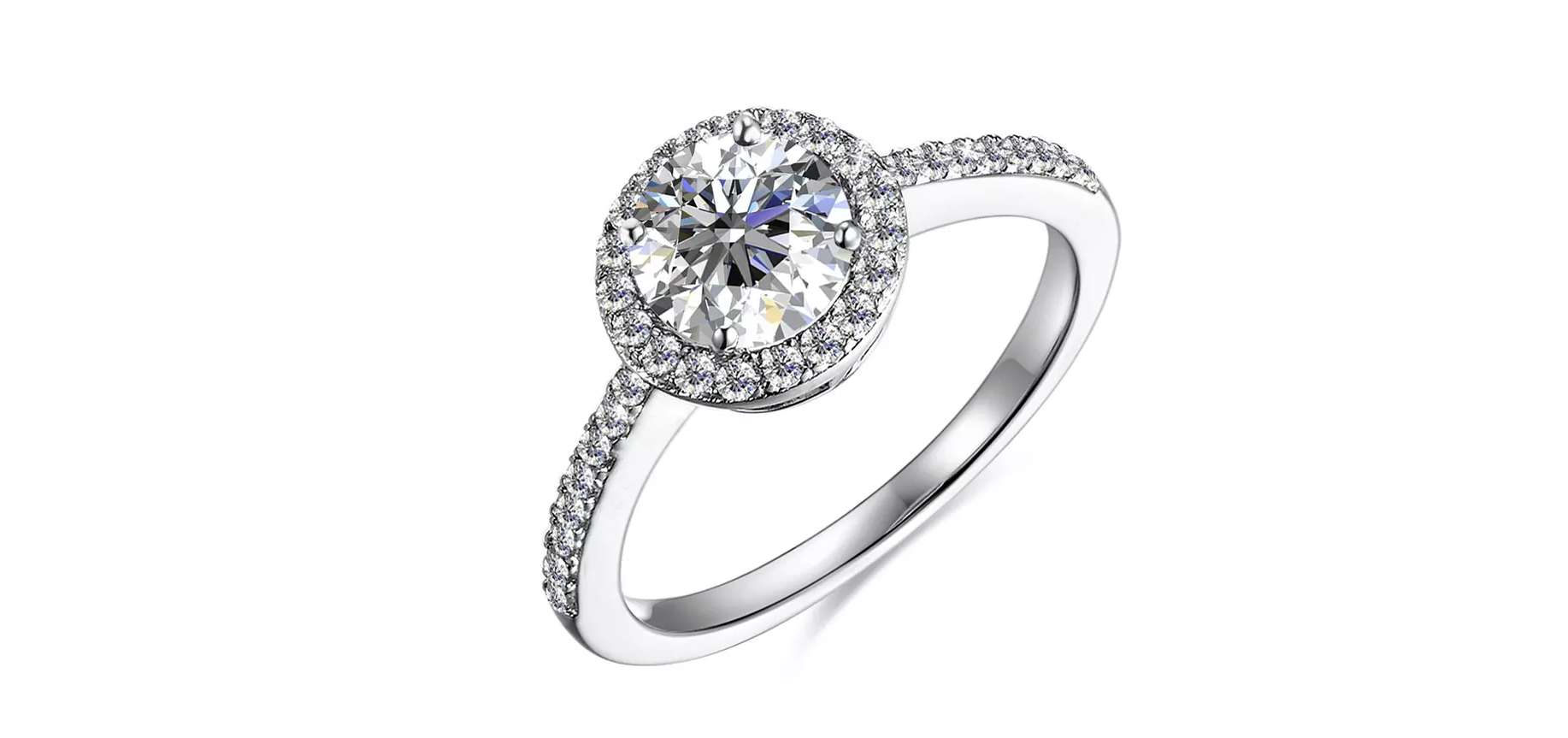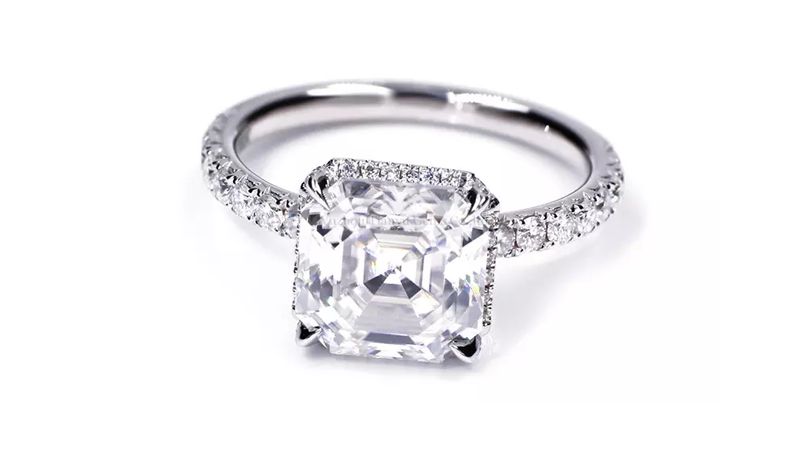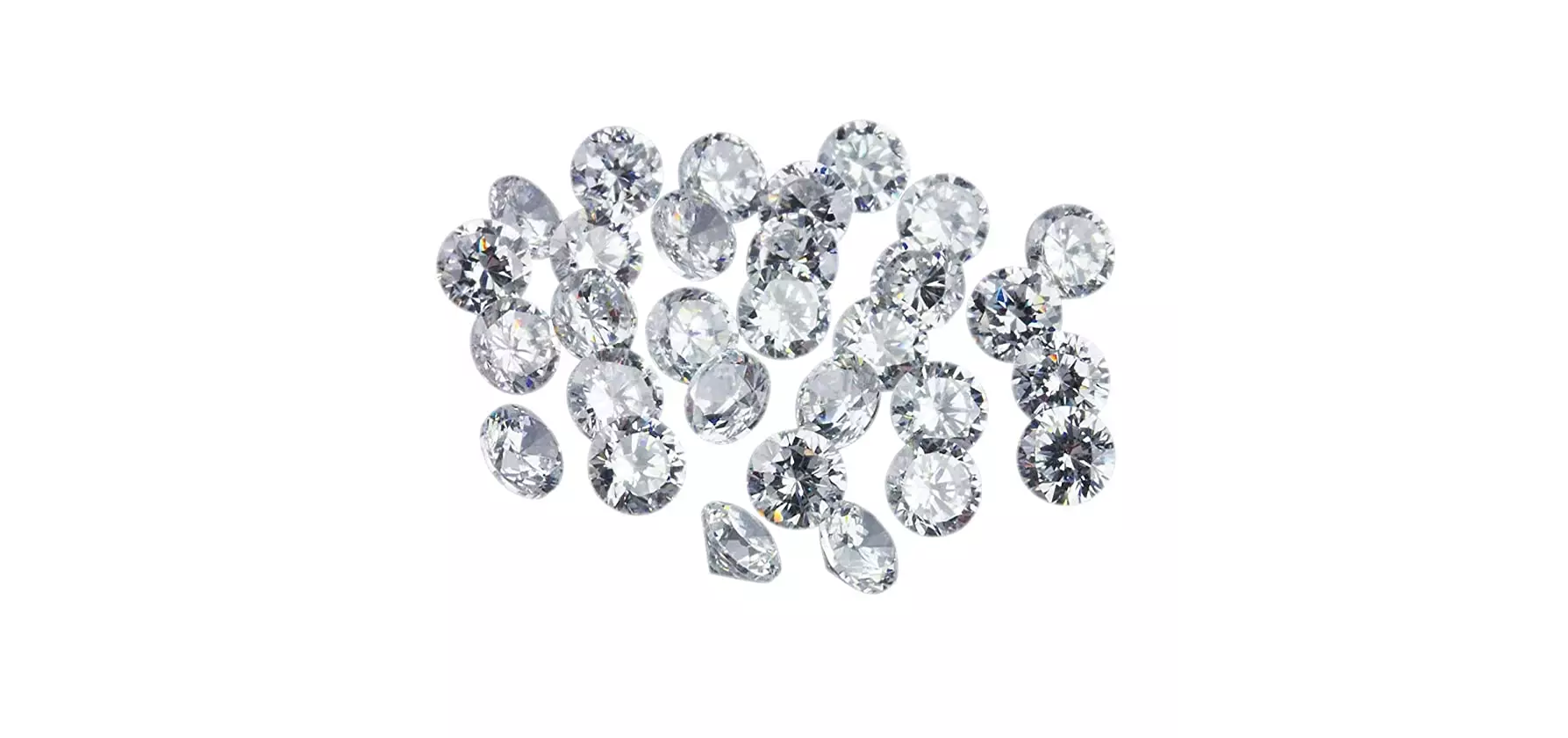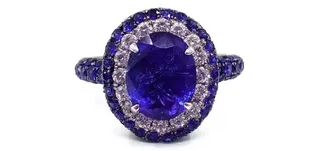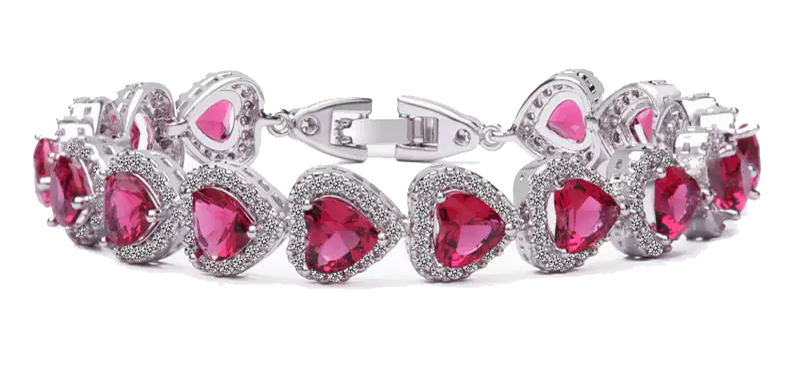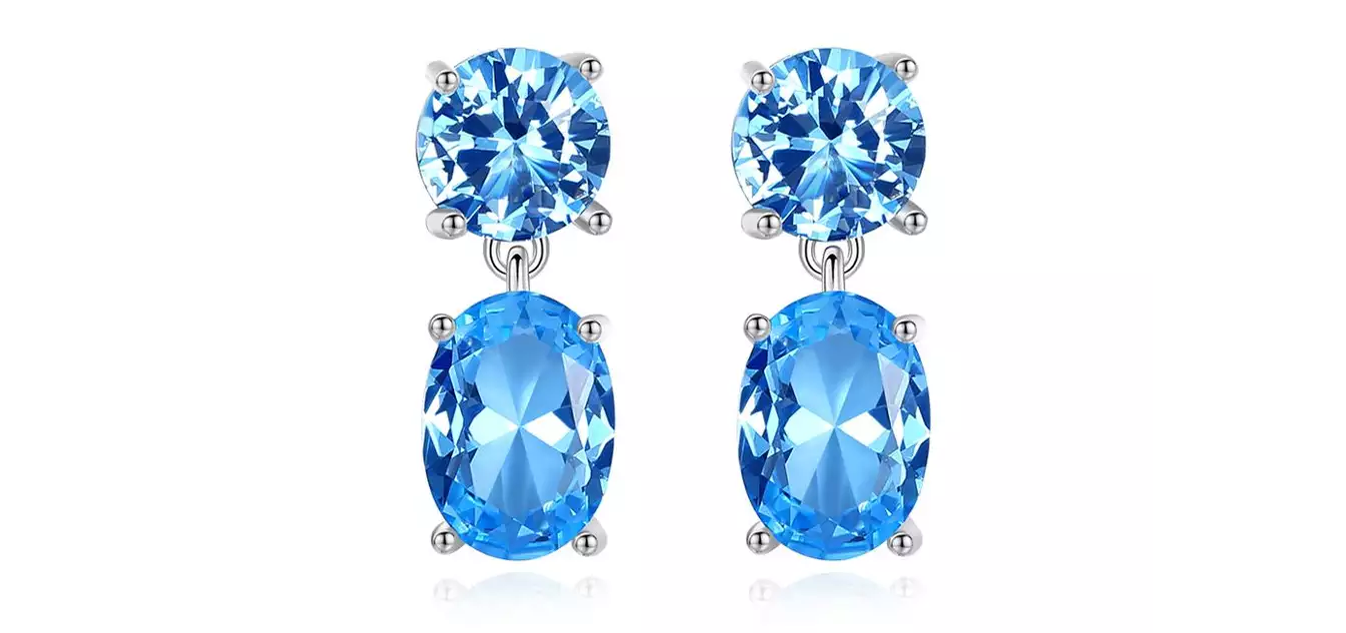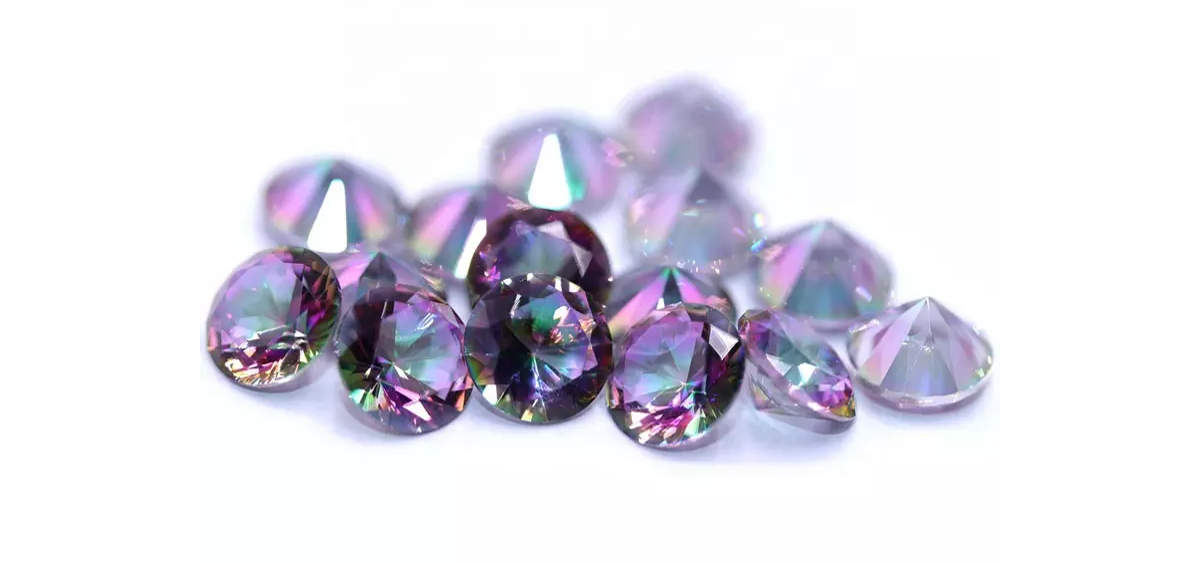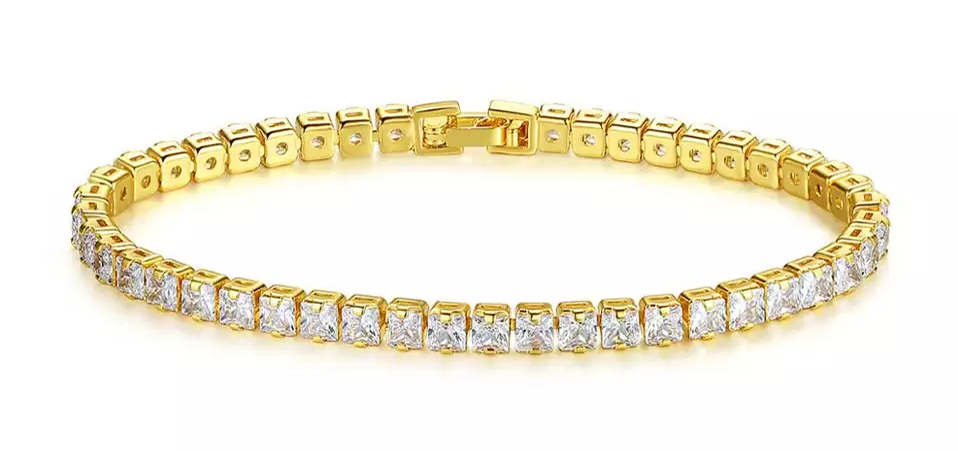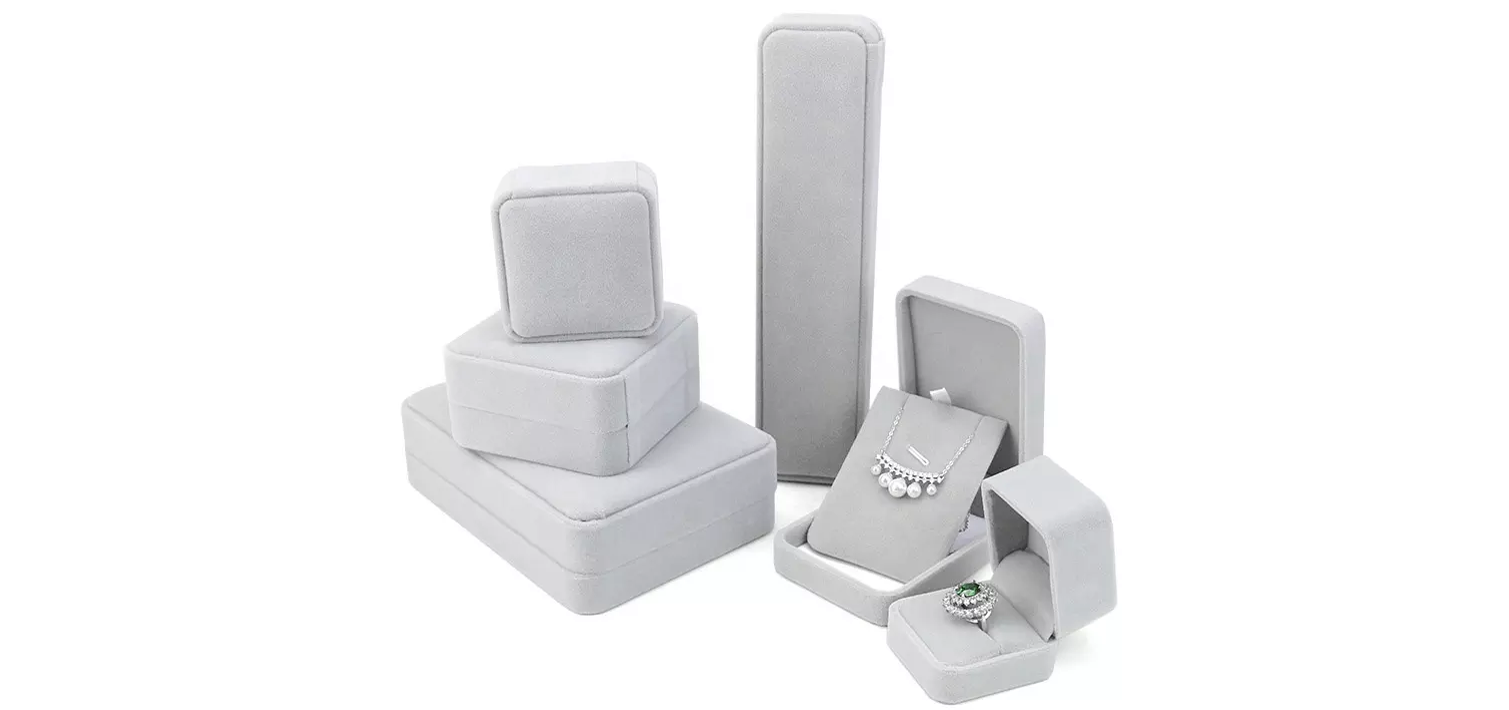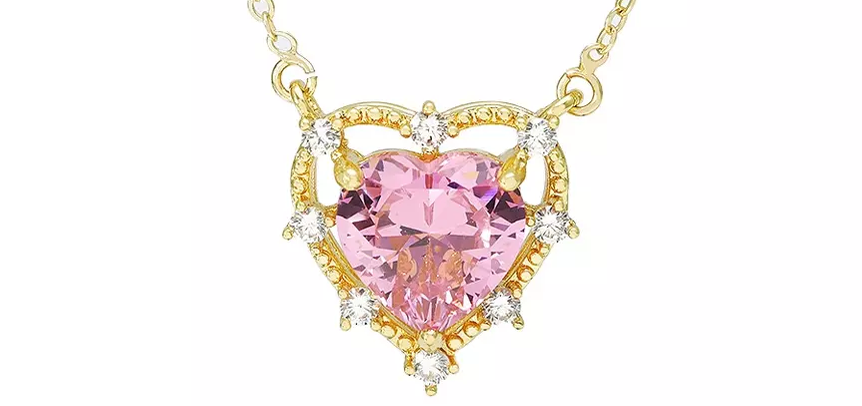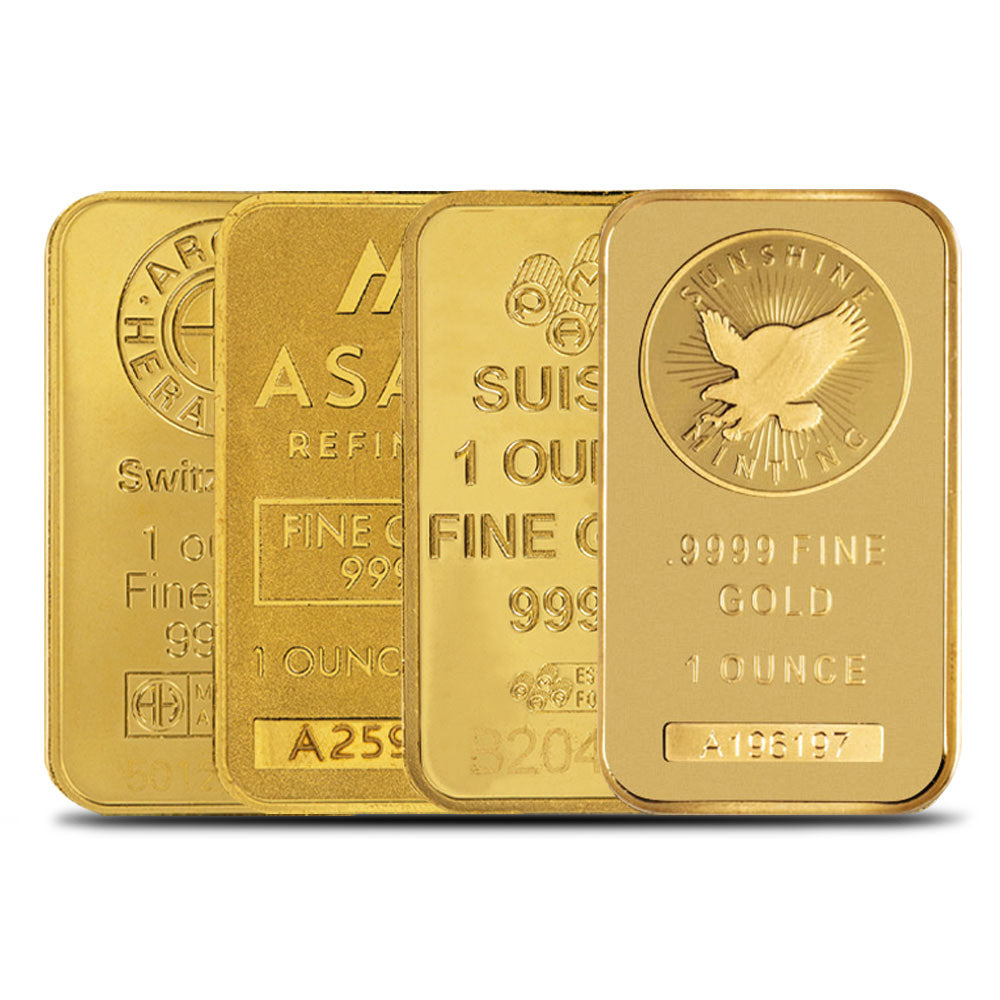Diamond Education
Choosing the perfect diamond jewelry piece is one of the most exciting purchases you will ever make! But, for the first time buyer, it can seem like a daunting -not to mention expensive- adventure. You want to be sure you are getting a beautiful piece with great value that will be treasured for years to come. To help with all the choices and terminology, SilverandGold.com has put together a guide on the 4 C’s of diamonds -Cut, Color, Clarity, and Carat- and diamond shape, to help you understand your purchase and ensure you find the right piece for you!
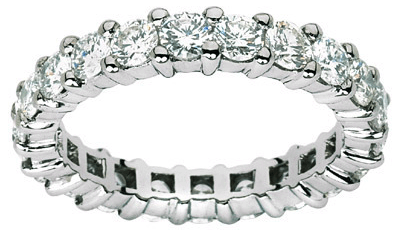
Cut
Diamond cut doesn’t refer to the shape of the diamond (round, princess, cushion, etc.) but rather the polish, symmetry, and proportioning of the diamond. The diamond’s polish refers to the smoothness of its facets. Poor polish can create a dulled and blurred look. Often, a poor polish diamond will have grain lines visibly running across facets. Symmetry and proportioning refer to the alignments of the facets. Poor symmetry can lead to light being misdirected as it enters or exits a diamond, which will lower the quality of light being reflected.

Cut is possibly the most important of the 4 C’s, as it plays the biggest role in determining a diamond’s sparkle and brilliance. Even a high quality diamond can appear less radiant if it is cut improperly. If a diamond is cut poorly, light will trickle out of the bottom or seep out the sides of the diamond instead of sparkling out of the top (often referred to as the table).
The cut of the diamond is one of the most difficult aspects for a consumer to judge. However, there are grading and certifications available for diamond cut. The GIA (Gemological Institute of America), a well-respected laboratory known for grading diamonds, based their grading system on a comprehensive study with 70,000 observations of 2,000 diamonds. Their grading scale uses simple terms: “Excellent, Very Good, Good, Fair, and Poor”. See the table below for more information about diamond grading.
|
Excellent |
These diamonds have the best proportion and polish, creating exquisite quality and a desirable combination of brilliance, fire, and scintillation. These diamonds reflect the majority of light that enters it and fall within the top 3% of diamond cut quality. |
|
Very Good |
Exceptional cut that reflects much of the light that enters the diamond. |
|
Good |
Quality cut that that enhances the size without forgoing excellence or attractiveness. |
|
Fair |
Satisfactory cut that reflects some light while making the most of the weight of the diamond. Not as brilliant as previous cuts, still a quality diamond. |
|
Poor |
Not carried by SilverandGold.com |
Color
Diamond color is arguably the second most important aspect when choosing a diamond. Diamond color refers to the natural color of a diamond, not the sparkle or reflection of light a diamond gives. Most diamonds naturally show hints of yellow, gray, or brown, caused by trace elements of nitrogen that were present when the diamond formed. A higher quality diamond exhibits less color, which allows for more light to pass through, enhancing the diamonds brilliance, fire, and scintillation.

The standard international scale for normal diamond color range spans from D, a totally colorless diamond, all the way to Z, which is a pale yellow or brown color. For a diamond purist, the colorless grades D-F show no noticeable color under magnification. However, color grade G-J is a great value, as the color isn’t apparent with the naked eye. See the table below for more information about diamond color.
|
D (Completely Colorless) |
The highest color grade and very rare. |
|
E-F (Colorless) |
Small traces of color can be detected by an expert. A rare diamond. |
|
G-H (Practically Colorless) |
Color is difficult to detect unless side by side with a diamond of a better grade. |
|
I-J (Practically Colorless) |
A slightly noticeable hue or tone to the diamond. |
|
K-Z (Noticeable Color) |
Not carried by SilverandGold.com |
Clarity
Diamond clarity refers to an evaluation of surface blemishes or internal inclusions. Most inclusions are microscopic and not noticeable to an untrained eye, meaning they don’t detract from a diamond’s splendor in a perceptible way. Because of this, clarity is often seen as the least important of the 4 C’s when looking to purchase a diamond.
When diamonds are inspected, the diamond is judged face up and at no more than 10x magnification. Inclusions that are not visible from the top are not used to determine the diamond clarity. Diamonds with no blemishes or inclusions are incredibly rare and often quite expensive. When looking to purchase a diamond ring and make the most of your spending budget, look for a diamond that is graded VS1 or higher, meaning that the inclusions won’t be visible to the naked eye. See the table below for more information about diamond clarity.
|
FL & IF (Flawless & Internally Flawless) |
Inclusions are not visible under 10x magnification, very rare |
|
VVS1 & VVS2 (Very, Very Slightly Included) |
Few miniscule inclusions difficult to see under 10x magnification |
|
VS1 (Very Slightly Included) |
Difficult to see minor inclusions |
|
VS2 (Very Slightly Included) |
Somewhat easier to see minor inclusions |
|
SI1, SI2 (Slightly Included) |
Inclusions occasionally visibly without magnification |
|
I1 (Included) |
May have more obvious inclusions with the naked eye |
|
I2, I3 (Included) |
Not carried by SilverandGold.com |
Carat
Diamond carat refers to a diamond’s weight, not necessarily its size. Larger diamonds carry a higher value because they are discovered in nature less often than smaller diamonds. Carat is not the lone factor in determining a diamond’s price. Often a 1.00 carat diamond of a certain quality is worth more than two .50 carat diamonds of that same quality. The general rule is that a diamond of double the weight costs around four times more, as it is much rarer. Total carat weight is an expression referring to the total weight of all diamonds or other gemstones in a piece of jewelry, when more than one stone is used. To maximize your budget, consider both cut and carat together, as smaller diamond with a higher grade cut can appear larger than a larger diamond with poor cut grade.
Shape
Diamond shape refers to a diamond’s physical shape. Round diamonds are the most popular choice, but many people are drawn to the attractive and distinctive appearance of the fancy shaped diamonds, including princess, cushion, emerald, oval, asscher, and heart shaped diamonds. Apart from choosing a diamond shape that is visually appealing, it is important to know that the shape of the diamond can affect other aspects of the stone. For example, the round, princess, cushion, oval, and heart shaped diamonds enhance the light return and overall brilliance of a diamond. Emerald and Asscher shaped diamonds will still offer a subtle sparkle, but will really accentuate a diamond’s overall clarity. See the table below for more information about specific diamond shapes.
|
Round |
|
The most popular diamond shape today and are often cut to optimize the fire and brilliance of the diamond, for a beautiful sparkle |
|
Princess |
|
The most popular non-round diamond shape, traditionally square, showcases a diamonds brilliance and color |
|
Cushion |
|
A unique shape sometimes referred to as “pillow cut” with larger facets showcasing a diamond’s clarity and brilliance |
|
Emerald |
|
A larger, open table on this diamond shape highlights a diamond’s clarity |
|
Oval |
|
With brilliance similar to a round diamond, an oval diamond can accentuate long, slender fingers |
|
Asscher |
|
Similar to the emerald shape, this diamond shape accentuates clarity of the diamond |
|
Heart |
|
A distinctive shape that symbolizes love, the heart shape diamond will brilliance well |



